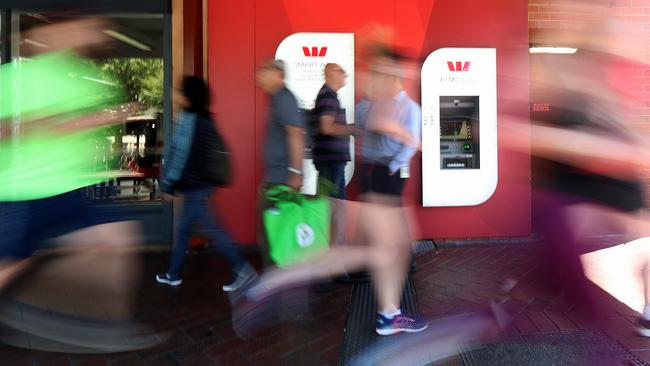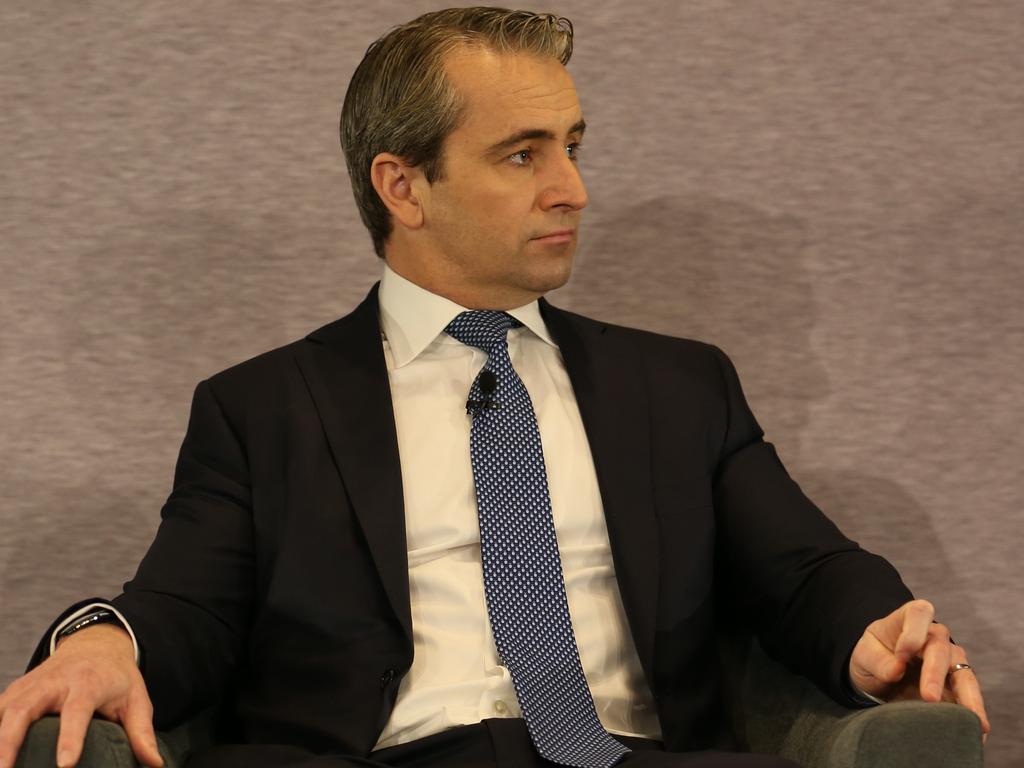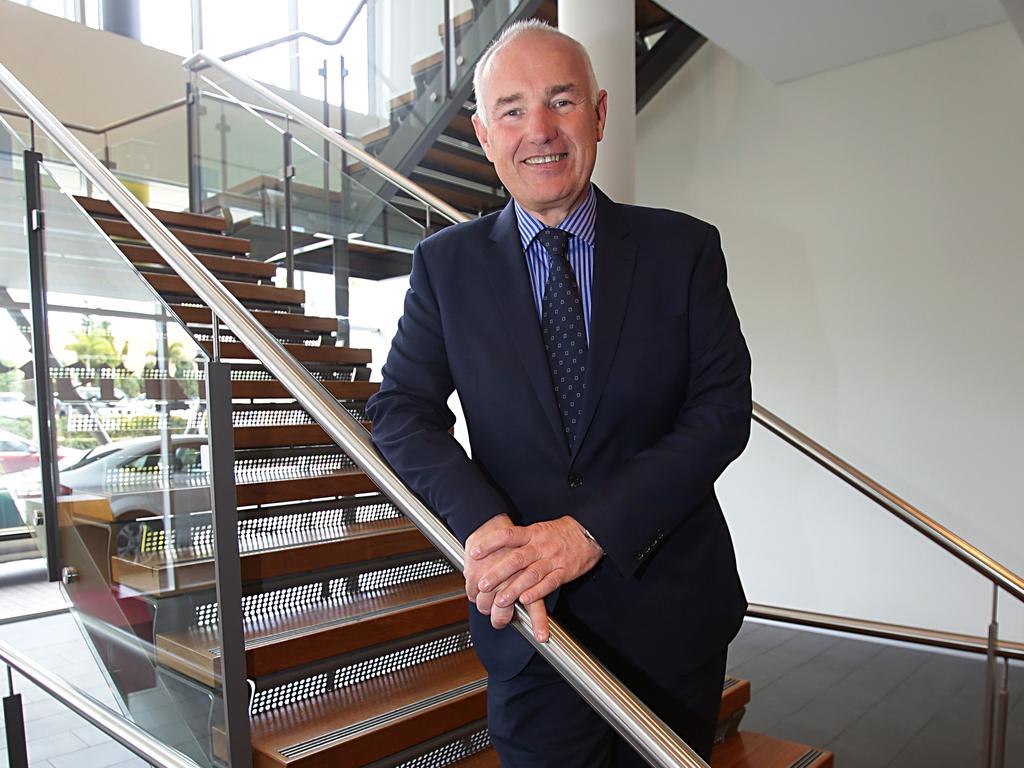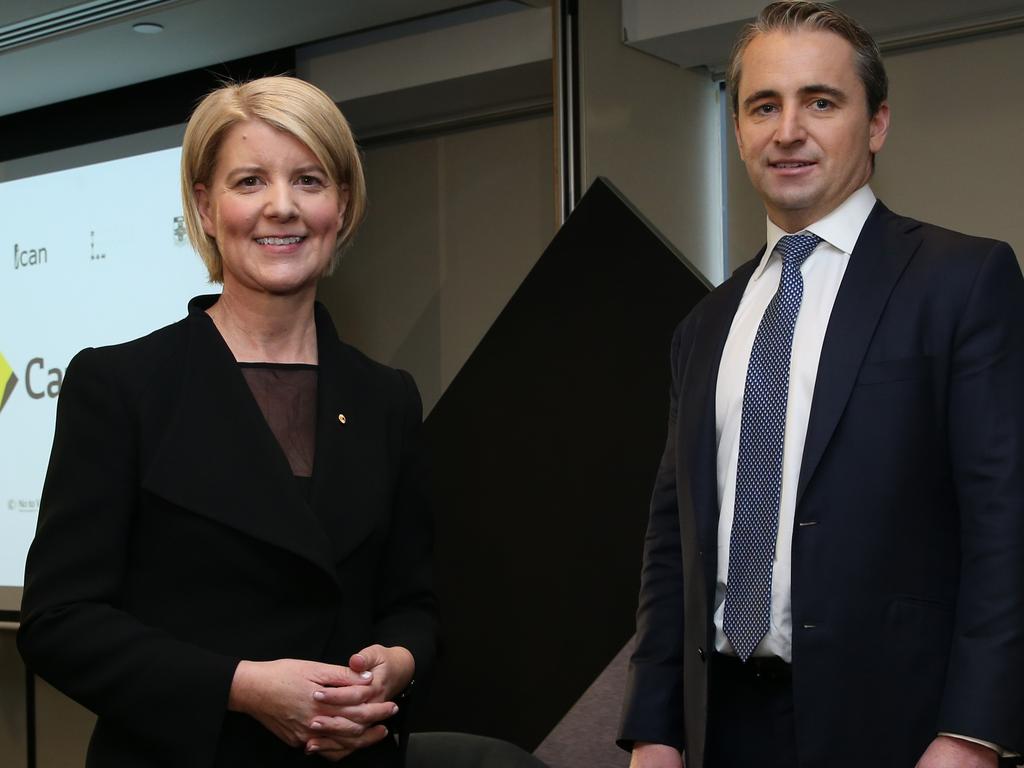Banks’ delayed repayments put on the line
Business and mortgage customers will soon be having an uncomfortable conversation with their bank about whether they are able to restart repayments.

Hundreds of thousands of business and mortgage customers will in coming weeks be having what for many will be an uncomfortable conversation with their bank about whether they are able to restart repayments
As the six-month period of grace for COVID-affected borrowers approaches its end, Josh Frydenberg on Sunday said temporary insolvency and bankruptcy protections would be extended a further three months to December 31.
Policymakers and banks are keen to ensure that borrowers and businesses still struggling to get back on their feet as a result of the health crisis are not prematurely tipped into bankruptcy or default — particularly in light of the second wave of coronavirus cases that has delayed the country’s economic recovery from its deepest downturn since World War II.
In coming weeks, banks will call the 450,000 customers who have received repayment deferrals through the health crisis to assess how many will be able to restart payments, and how many will need further assistance.

Australian Banking Association chief executive Anna Bligh said “as those customers commence repayments, this (assessment program) allows banks to target their support to those who really need it”.
As the six-month loan deferral period approaches, customers unable to restart repayments in full will be offered options such as moving to interest-only for a time. Some may be given a further four-month deferral, while those judged not able to repay their loan will receive “tailored assistance”, the ABA said.
Repayment deferrals, alongside tens of billions of dollars in income support, rent relief and insolvency protections, have been a key buffer in the crisis.
The emergency measures have led to a 40 per cent drop in the number of companies entering voluntary administration in the June quarter versus the same period a year earlier, according to the latest ASIC figures.
The Treasurer said the extension of the temporary changes to the insolvency and bankruptcy laws would “continue to provide businesses with a regulatory shield to help them get to the other side of this crisis”.
“The extended relief will help maintain confidence, allowing viable businesses to survive as they adapt to a new COVID-safe economy,” Mr Frydenberg said.
The announcement comes amid mounting concerns that removal of the special rules, as well as the expiry of other relief measures, would unleash a wave of insolvencies.
“The Morrison government will continue to provide the necessary support to help businesses get to the other side of this crisis,” Mr Frydenberg said.
Evidence suggests the temporary insolvency measures have made a difference. An Australian Institute of Company Directors survey published in June found that 12 per cent of respondents — including 16 per cent of SMEs — said the laws had influenced their decision to continue trading through the crisis.
ABA figures revealed that about 13 per cent of deferred business and mortgage loans have restarted payments, including about 80,000 in July, with a further 100,000 expected in August.
The banks estimate that, eventually, about 10 per cent of the 900,000 customers who received deferrals may not be able to repay their commitments.
Ms Bligh said “the loan deferral measure offered to customers … has led to the largest customer contact process with an additional 5000 new or redeployed staff working to ensure customers understand their options”.
Of the 450,000 customers who will be receiving calls from the banks in September and October, 105,000 are for SME loans, while 260,000 are mortgage borrowers, the ABA said.








To join the conversation, please log in. Don't have an account? Register
Join the conversation, you are commenting as Logout